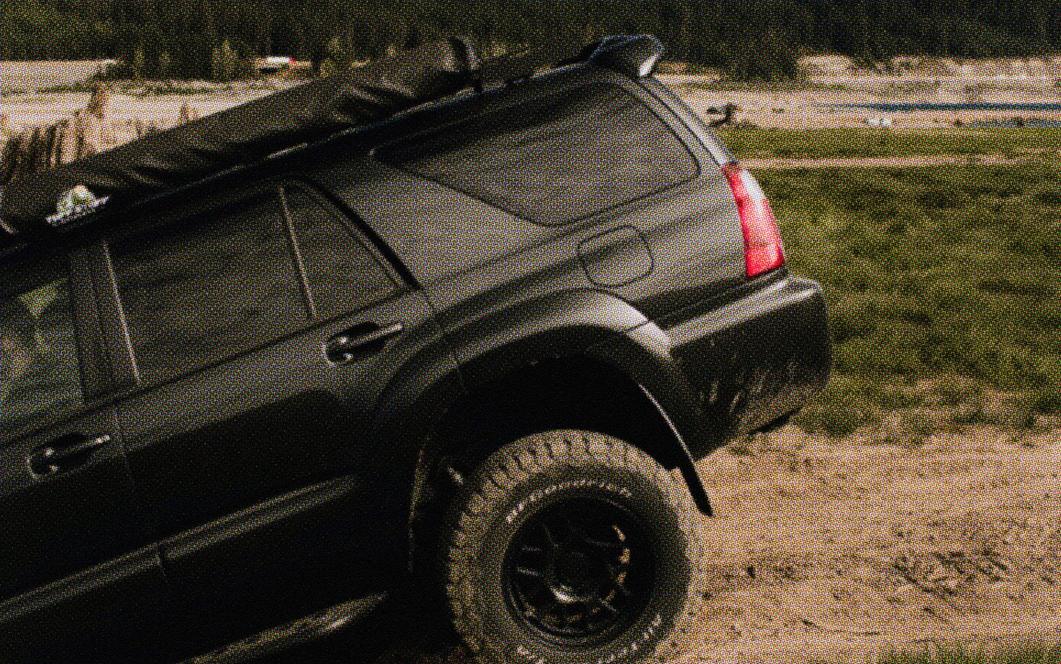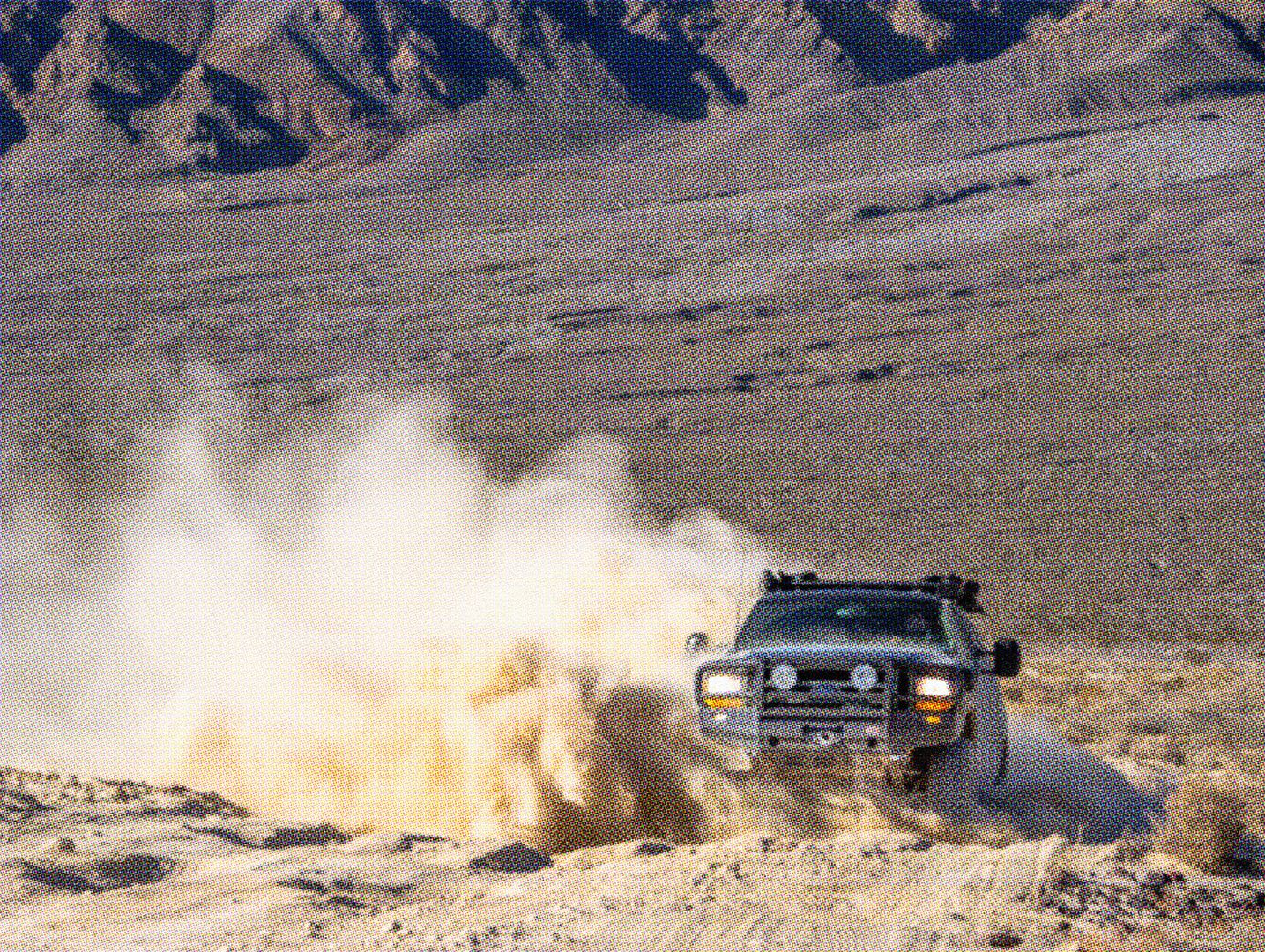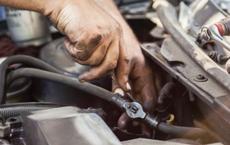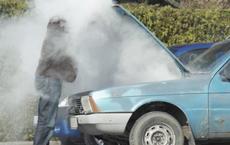4 min read
Plan to or not, there’s always a chance you could take your vehicle off-road. Perhaps it's a family camping trip gone rogue, and suddenly you're navigating miles of dirt trails. Or maybe you’re in it for the thrill—a dedicated off-roader with a modified truck, who never hits the road without their mud goggles. (Check out these guys.)
But most vehicles aren’t built for off-roading. Without certain mods, it’s likely that taking your car or truck for an off-road run will lead to damage and repairs. Even trucks that have the suspension and engine mounts to handle tough trails can take a beating. Given the choice, most vehicles want to be on a nice, smooth tarmac (but where’s the fun in that?).
So whether you’re taking your Honda Odyssey for a mountain escape and want to know what to expect, or are surprised to discover that you’ve bent the subframe on your un-modified Toyota Tacoma after an off-road adventure, here are some common repairs you’re likely to encounter if you go rogue.
tires
Running your tires over gravel, rocks, and rugged terrain is always going to come with risks. Popped or damaged tires are one of the most common repairs from off-road driving. Always drive with a spare in your trunk and keep an eye on the tire pressure. Depending on the road conditions, you may need to “air down” your tires to improve contact and performance.
Check for damage after off-roading and replace a tire if you spot any problems. If you’re planning ahead, switch your tires for off-road ones, which will come with a thicker tread and be more resilient to damage.

wheel misalignment
The same bumpy roads that can wreck your tires can also put pressure on your suspension and cause your wheels to misalign. Clues that this is a problem include wheel wobble—you might notice this when you start getting excess vibrations as you drive. You might also notice that your car doesn’t hold a straight line without having to correct the steering. If this is the case, get those wheels realigned asap to avoid further damage.
undercarriage
Regular off-road drivers invest in skid plates. These are sheets of metal that protect the undercarriage of your car from contact with the ground or from rocks and debris that can kick up as you drive. There are a lot of important components under there—from your gearbox to fuel tank—that can end up in the firing line. Off-road vehicle or not, it can be worth investing in skid plates if you plan to do a lot of driving on dirt roads. If you notice rattling sounds after an off-road drive, it could be a sign that something is loose on the undercarriage.
paintwork
OK, so a few dinks to the paintwork isn’t going to affect the drivability of your car or truck. But it can quickly lead to rust and more serious damage. Damaged paintwork can also affect the resale value of a car. Off-roading increases the chance of scratches, chips, and even dents, far more than regular driving. Rocks and gravel are a common cause of this, but branches can also scrape and strip-off the paintwork.
Car damage is common from off-roading. Even modified vehicles expect to take a beating, so you shouldn’t be surprised if this sort of driving leads to some extra repairs, and—after a few too many dirt runs—it might be time to off load that off-roader.
If you want to sell your truck, it’s worth knowing that here at Peddle, we’ll always be happy to make you an offer — and we don’t shy away from a little mud. Off-roading shortens a car’s life span and Peddle is here for the end of the trail.
Related articles
Finally retiring old-trusty? Get an offer in minutes-it's easy as pie


